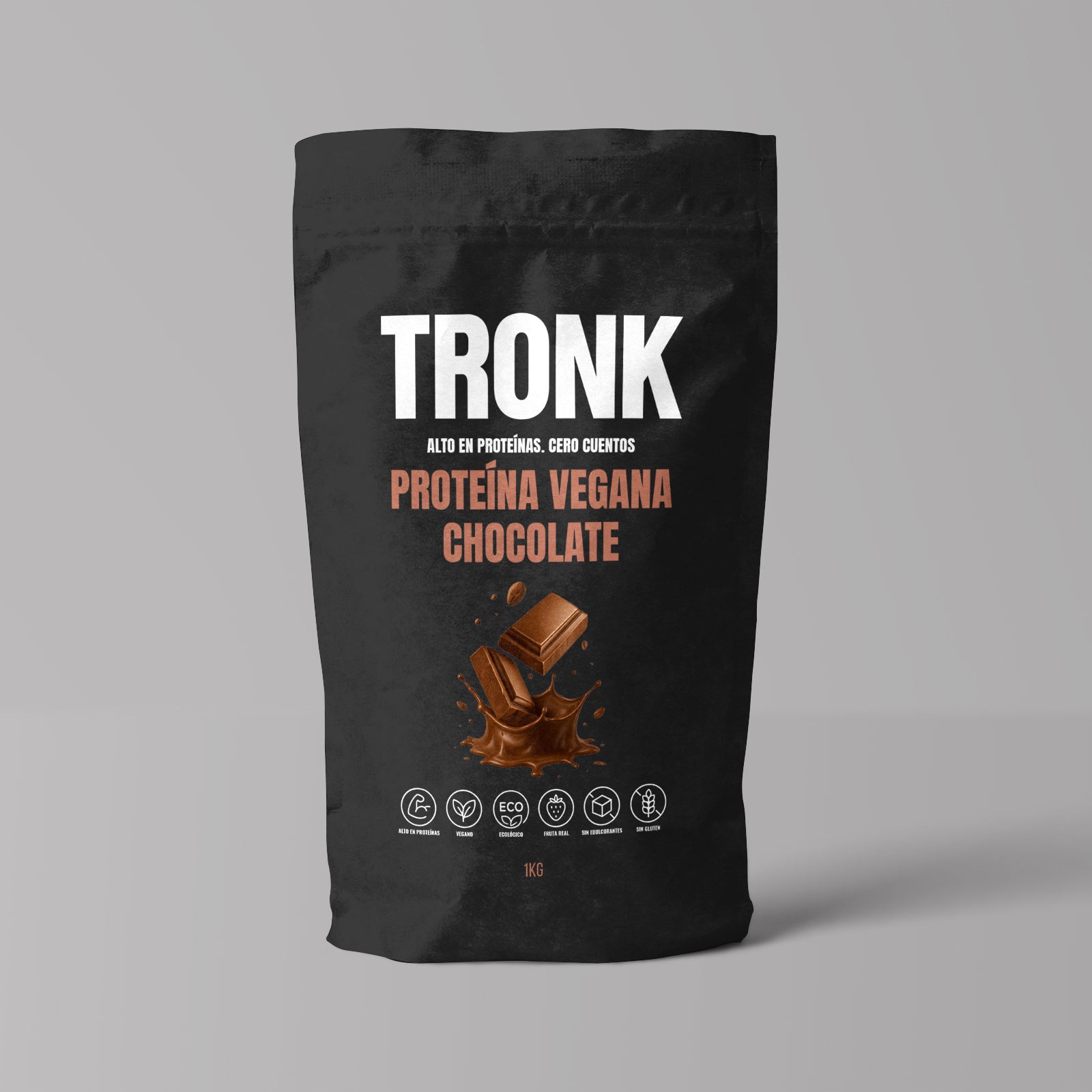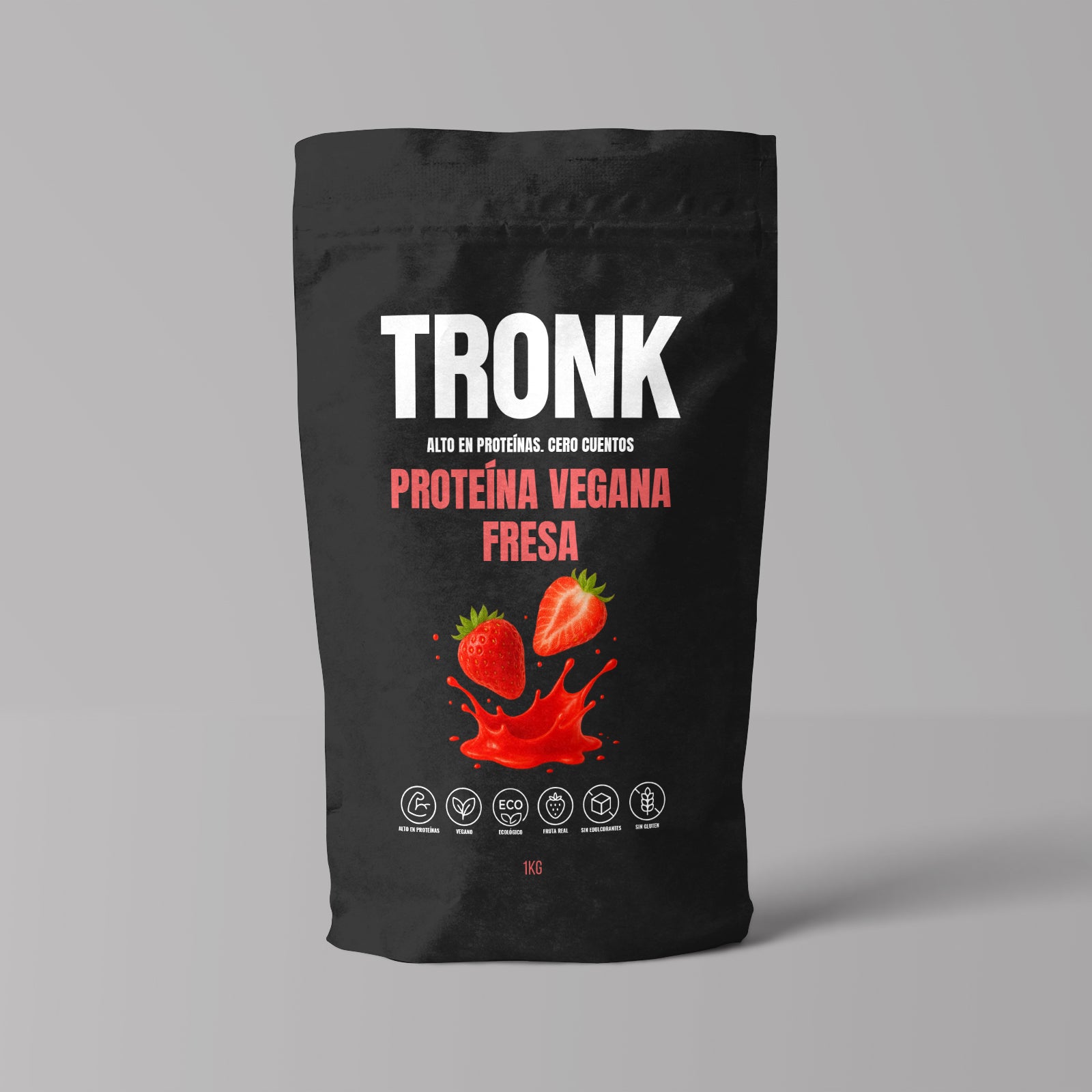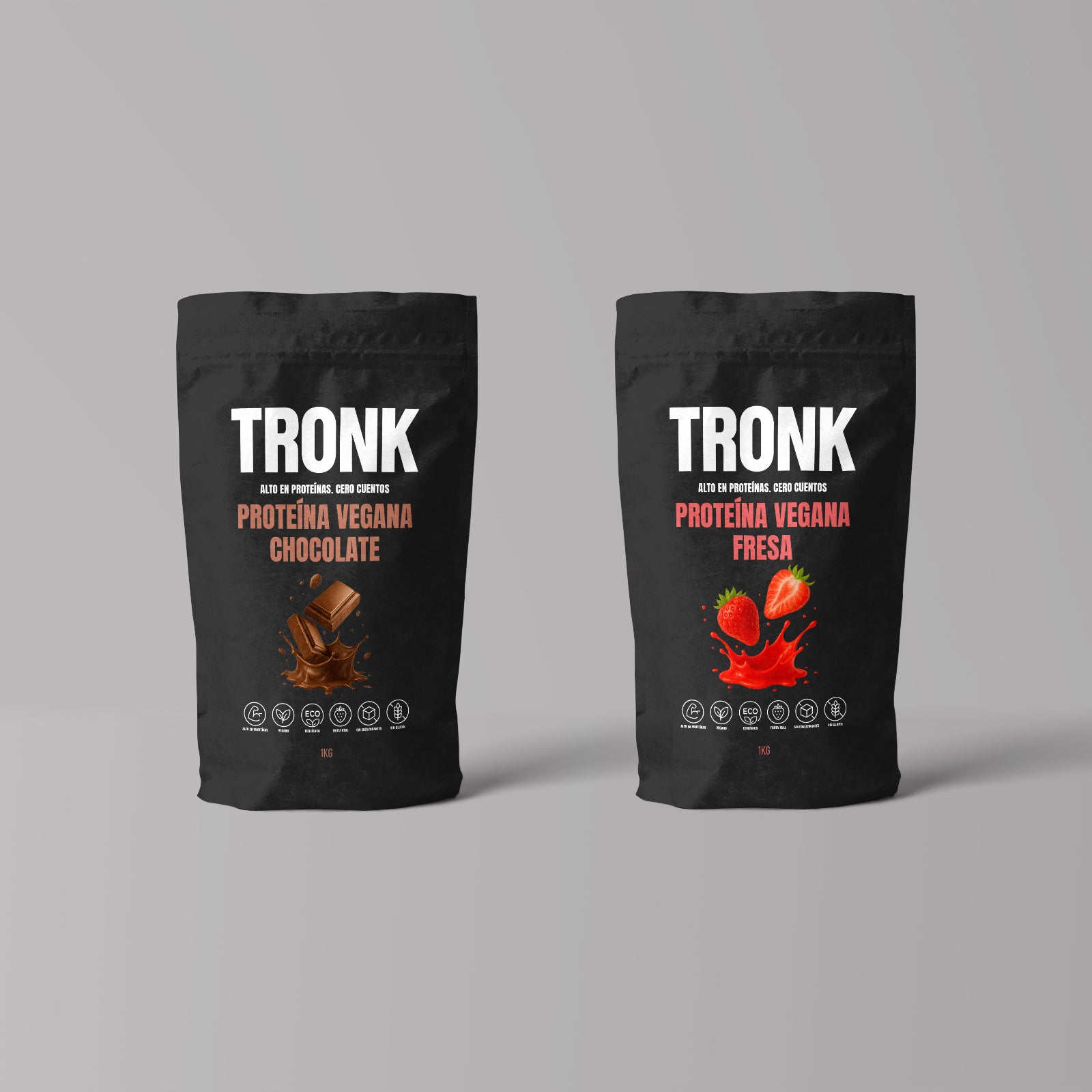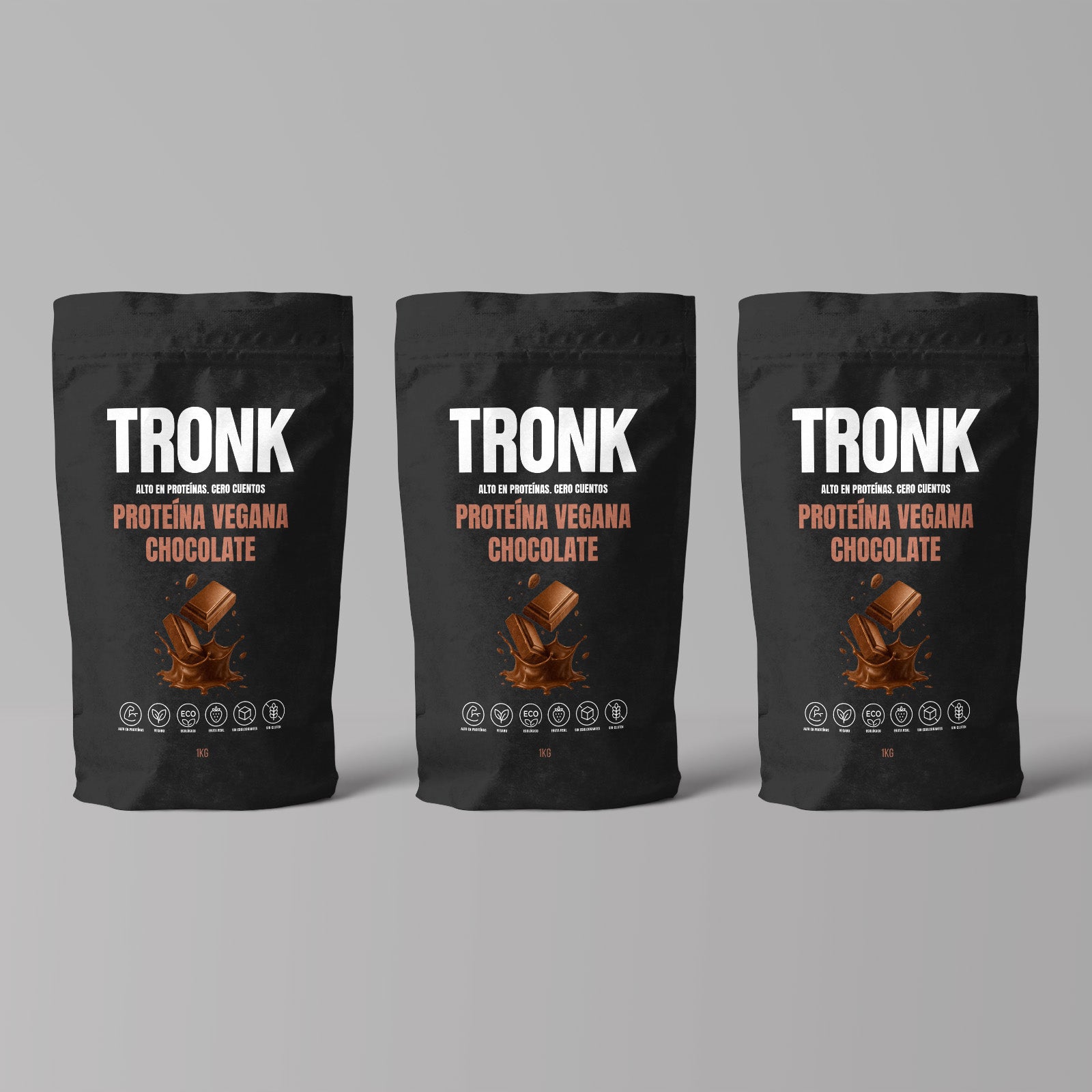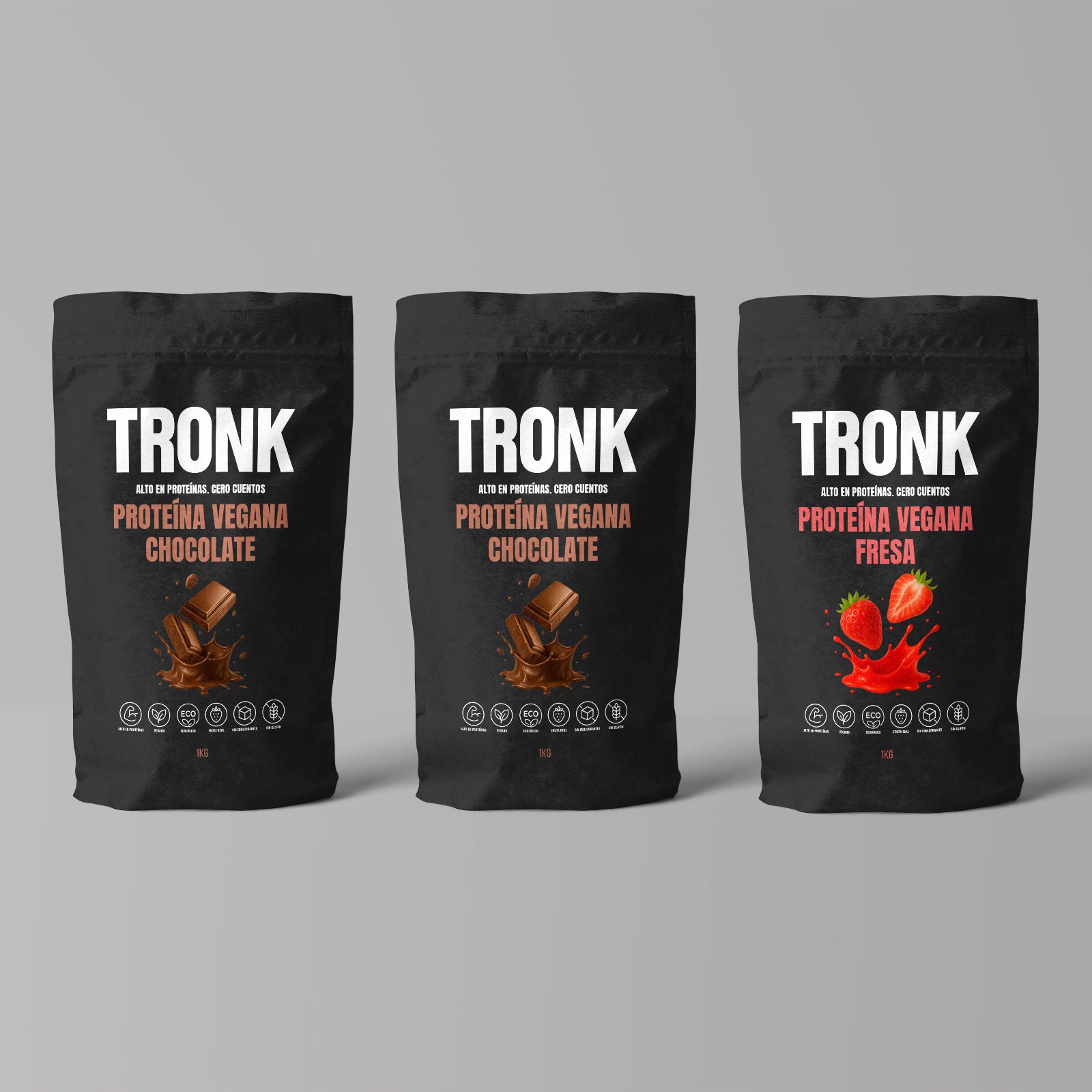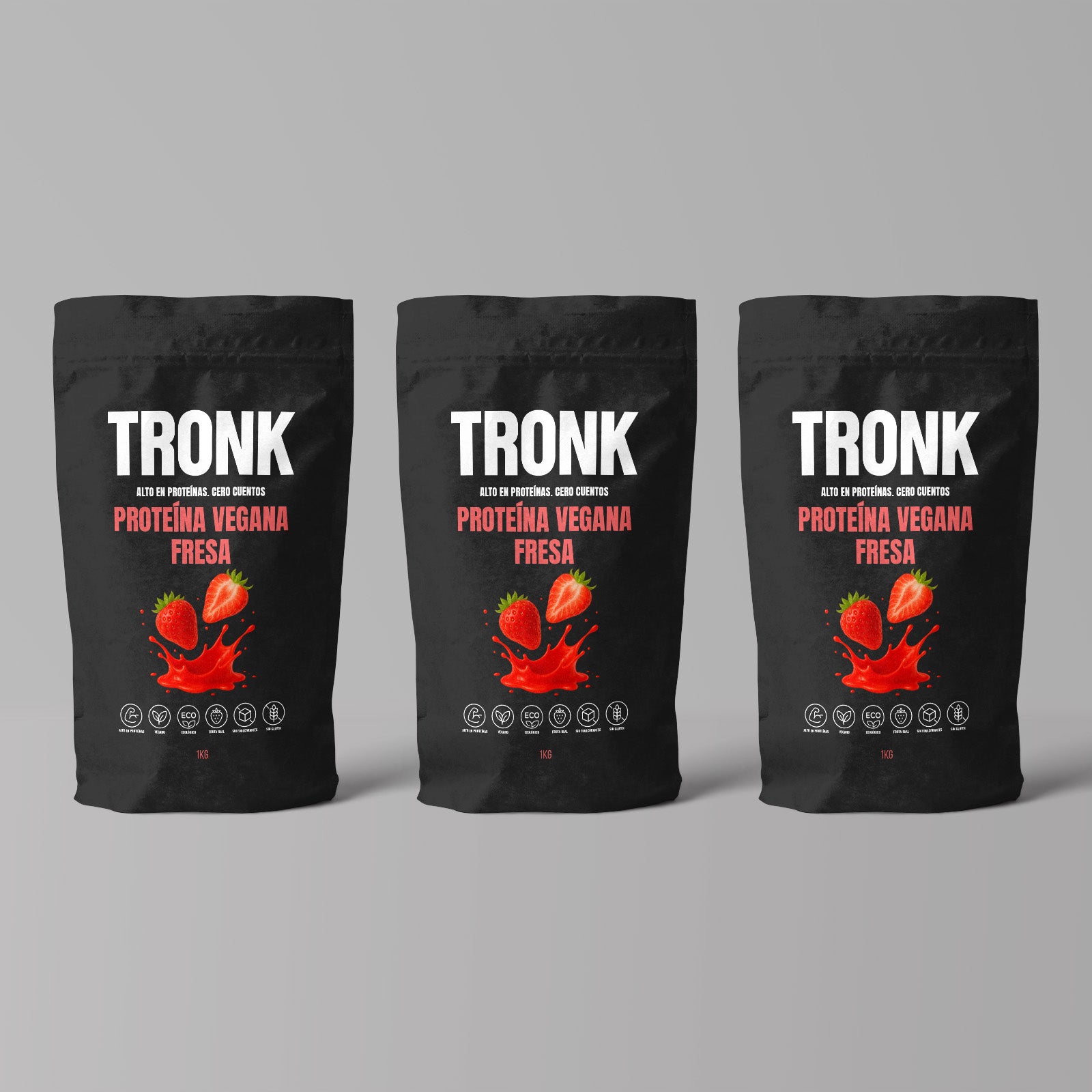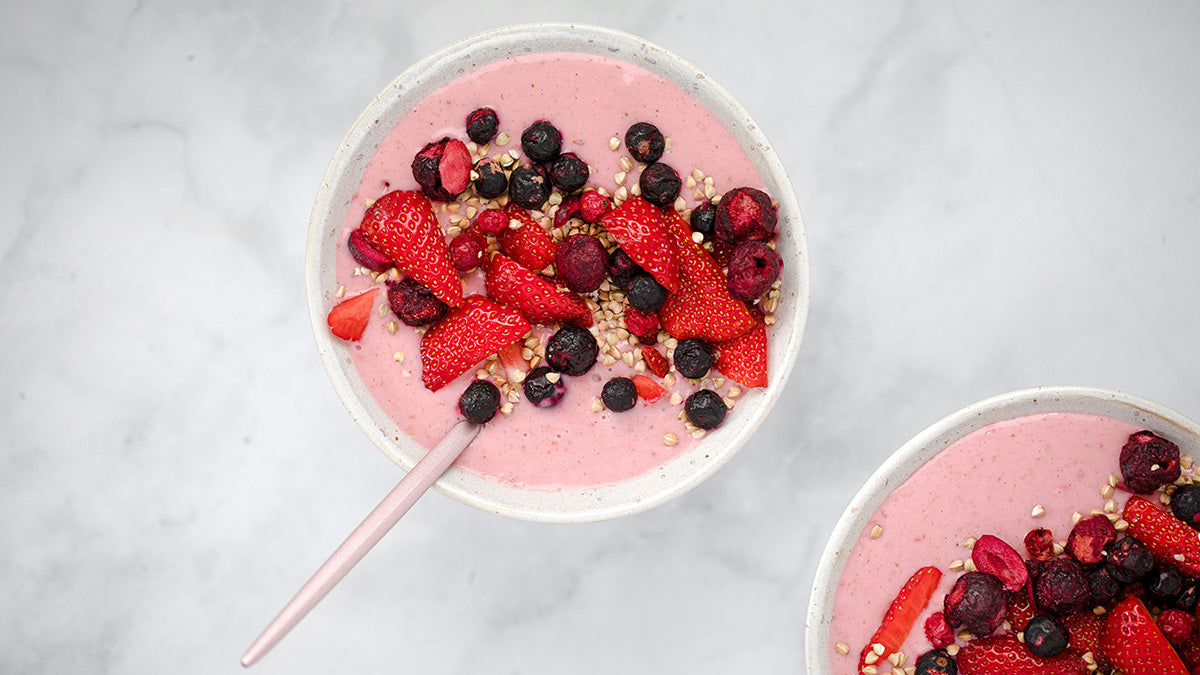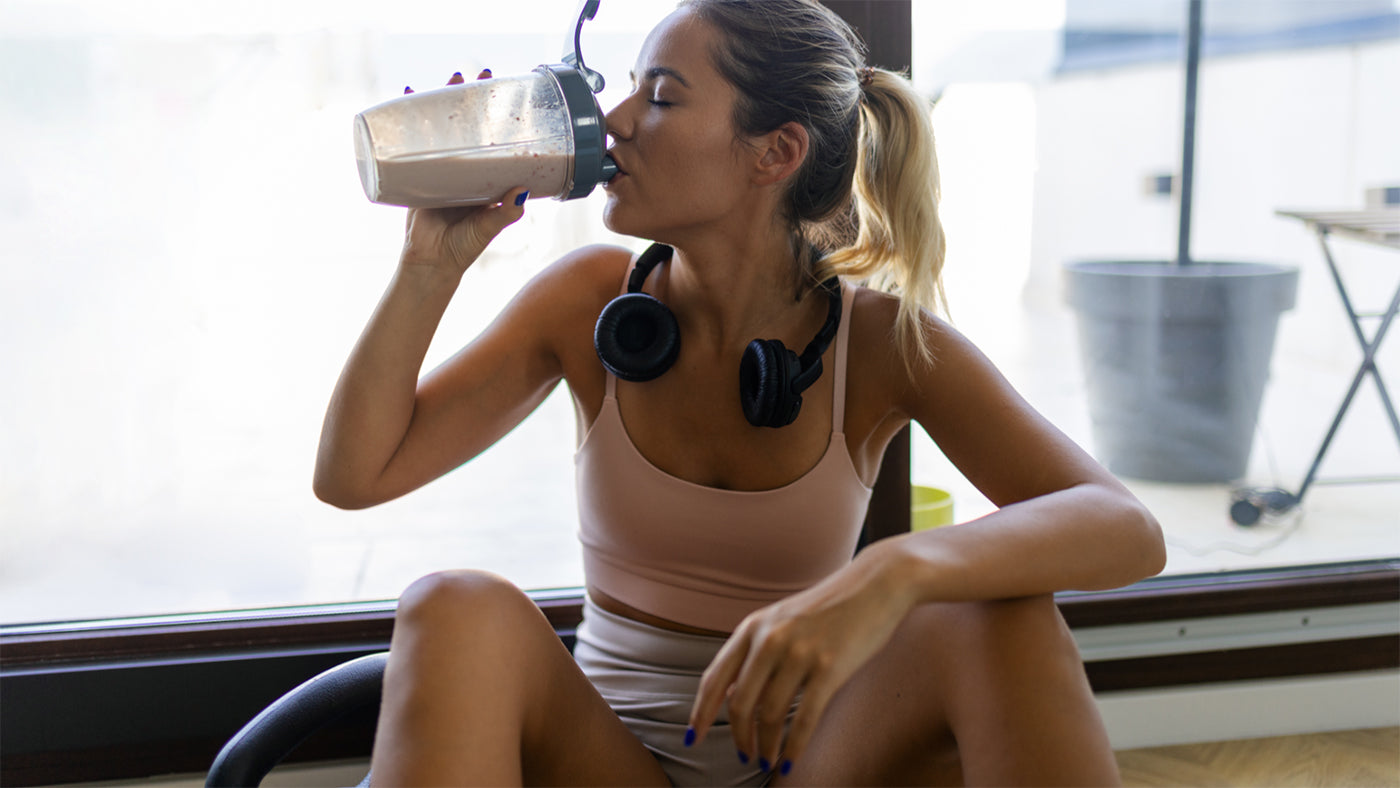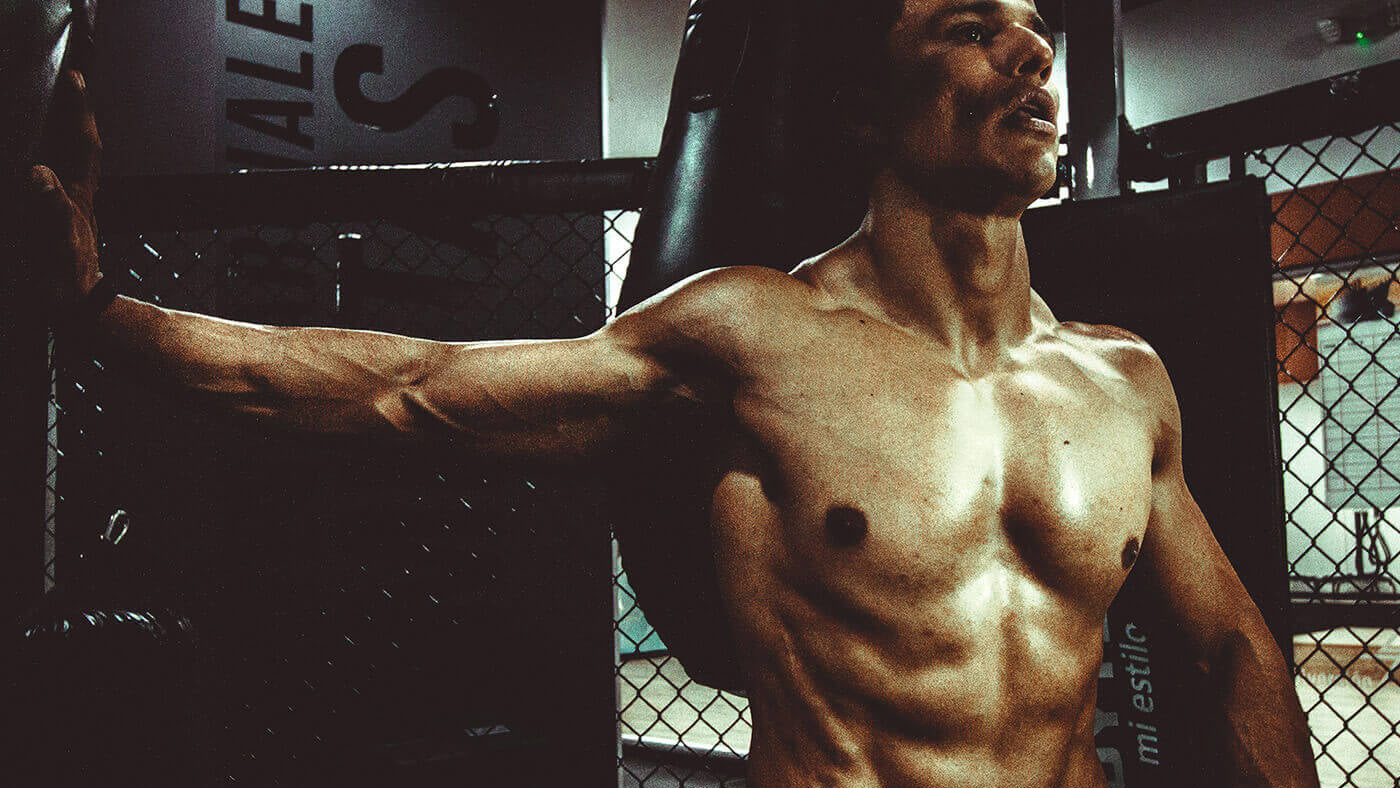
How to choose a good protein: common mistakes to avoid
90% of people take protein powder… WRONG.
And maybe you too, without realizing it.
The market is full of seemingly healthy jars, but many are hiding cheap fillers and artificial sweeteners . What's worse, some of them engage in protein spiking (i.e., they adulterate the protein).
If you really want results—more muscle, better recovery, and quality nutrition—you need to choose a good protein.
Here's the ultimate guide to distinguishing a good protein from a mediocre one .
1. Believing that “sugar-free” = healthy
Many proteins boast of being “sugar-free,” but what they hide is worse :
👉 Artificial sweeteners like sucralose or acesulfame K, along with chemical flavorings that mask a formula that is low in real protein.
These ingredients do not contribute anything to your nutrition and can affect digestion or the microbiota.
A quality protein doesn't need to be disguised: it should have a high percentage of pure protein and a natural flavor (cocoa, strawberry, vanilla).
2. Ingredients to avoid in your protein powder
How do you know if a protein is good? You need to identify what you DON'T want in it:
- Sucralose : Artificial sweetener widely used because it is cheap, but it can alter the intestinal microbiota, in addition to affecting the response to insulin and the regulation of blood glucose.
- Maltodextrin : added as a filler, increases the glycemic index and does not provide protein.
- Hydrogenated oils or added fats : unnecessary in a protein and a sign of an ultra-processed product.
- Artificial colors : pure marketing, zero nutrition.
- Intense chemical flavors (“cookie & cream,” “candy,” etc.) : They often hide a base of artificial powders and little real protein.
👉 If you want a clean protein, look for natural sweeteners (like stevia) or better yet, proteins that have real fruit, like Tronk.
3. Fewer ingredients, more quality
A protein powder doesn't need an endless list of additives .
The more weird names you see, the more likely you are to pay for cheap powder instead of protein.
By the way, the price also gives a clue . If it contains natural, high-quality ingredients, there's no way it costs 20 euros.
A good protein should be simple and straightforward : protein + natural flavoring (cocoa, strawberry, vanilla) and little else.
4. Check the actual protein concentration
A very common mistake when choosing a protein is not looking at the percentage of protein per 100 g .
- Less than 70% pure protein = lots of filler, little nutrition.
- Between 75% and 80% = good protein level.
👉 Do the math yourself: multiply the protein per serving by the scoop size. That way you'll know if it's worth it.
5. Don't trust “healthy” or “natural” labels
Words like “bio”, “fit” or “healthy” sell a lot, but they mean nothing without a real composition to back them up .
What always matters is the list of ingredients .
6. The myth of whey vs. vegetable protein
Many believe that whey is the only “complete” protein.
Today we know that the right combination of vegetables (peas and rice, for example) offers an equally complete amino acid profile, with better digestion and without lactose.
Quick summary: How to know if a protein is good
✔️ Few ingredients, no unnecessary fillers or weird ingredients.
✔️ At least 75–80% pure protein.
✔️ Don't rely on empty marketing.
✔️ Complete amino acid profile.

The Tronk Case: Protein Without Stories
At Tronk we are clear about it:
⚡ 79% real protein.
⚡ Ecological and 100% vegan.
⚡ No sucralose or artificial sweeteners.
⚡ Real fruit, real flavor.
⚡ Complete and easy-to-digest plant-based formulas.
👉 Only what your body needs, nothing more.
Conclusion
Choosing a good protein isn't complicated: read the label, avoid fillers and artificial sweeteners like sucralose, check the actual concentration , and be wary of cheap options.
Ultimately, your body will notice the difference between a cheap powder and a clean, effective, and complete protein.
If you also believe transparency is essential in nutritional supplements , follow us on Instagram or Facebook . We'd love to read your thoughts and see how you train with Tronk.

